Dr. Bharat Champaneria, Trustee at Indrashil Kaka-Ba and Kala Budh Public Charitable Trust, the CSR arm of Cadila Pharmaceuticals, is a pioneer doctor who helped found the organisation's healthcare institute in the rural backward area of district Bharuch, in Gujarat, and has been permanently engaged in running it successfully for the past 35 years. He has also been instrumental in implementing various programmes at the grassroot level. His experience and expertise in the rural healthcare domain has helped the organisation understand the complexities and challenges of rural communities.
In this conversation with TheCSRUniverse, Dr Champaneria, shares how geography-specific and domain specific approach solutions can actively cater to the medical needs of rural communities. He also advocates the need for collaboration between corporates and Government to address the challenge of creating health infrastructure, and integrating all rural CSR schemes in participatory mode and to work together in a way that optimises resources and avoids duplication.
He also shares his suggestions for all social sector stakeholders to make rural healthcare services most accessible and sustainable. To learn how that is possible, scroll down to read the full interview...
Q: You have been instrumental in helping the marginalized sections of society years before CSR became mandatory. What personal and professional experiences drove you to identify the gaps in rural healthcare?
A: I was born and brought up in Hansot, a rural area in Gujarat. I witnessed and experienced health-related problems in the area since childhood, which left an indelible impression on my young mind. I was always thinking about how I could help in solving the problems of health-related issues in the area. I eventually became a doctor, which helped me contribute in the way I wanted to while growing up. These were the factors that have driven me to work in this area. My personal experiences and understanding of the situation on the ground have helped me a great deal.
Q: What is your organisation's approach when it comes to raising a robust rural healthcare system? Please elaborate on the main thematic areas that your organisation focuses on.
A: Primary healthcare was a problem across rural areas, and Hansot was no exception. There were no qualified doctors in the area. People used to suffer a lot and even for treatment of minor diseases they had to go to Bharuch or Vadodara. Curative cure and care were significantly compromised and poor people especially suffered. There were no delivery centres, and child care and reproductive care was negligible, which is why we focused our intention and ideas on child and reproductive health along with good diagnostic and indoor facility to cater to the needs of the local populace. Even secondary care and patient needs were incorporated into our scheme of things. As we gained more experience, we even started providing tertiary care in some subjects. We are now a full-fledged healthcare provider in the area. Along with healthcare, we have launched rural development projects to address thematic issues encompassing education, health, empowerment, forestation, water body conservation, financial inclusion, skilling, etc. We have taken up the project to develop 21 villages as Model villages in Gujarat, J&K and Tamil Nadu.
Q: Please shed some light on the current projects and their scale & impact.
A: We started the curative care department in the form of OPD, IPD, operation theatre, ICU, diagnostic and imaging facilities. But we also started working on the preventive side in Public Private Partnership (PPP) Mode. More recently, in partnership with Global Health Strategy Initiative (GHSi) and government departments, we started working on malnutrition, anemia, and treating surgical problems among paediatric patients.
Hansot is a big block and there are 40-50 Anganwadis. There are as many 10,000 students including Anganwadi kids. We started screening them with the support of government machinery and found many to be suffering from treatable and preventive diseases. The drive against anemia and malnutrition is ongoing. We also started plastic surgery programmes in 2007, and have performed as many as 10,000+ surgeries including cleft lip, cleft palate, post burn contracture, deformities, etc. In addition, there is regular hospital activity in the form of OPD, IPD, admission, surgery, and more, which cater to a significant number of patients each year.
Q: What steps are you taking to make healthcare facilities such as medicines, counselling and treatment, accessible to marginalised communities?
A: We have been in Hansot for 40 years, and understand the healthcare needs of the place. We have created a full-fledged 50-bed hospital equipped with the latest equipment and manpower, along with a 24x7 pharmacy catering to the people of Hansot and several villages in a 50-km radius. We also conduct rural OPD, regular camps, and provide free and subsidised diagnostic services and ensure a regular supply of medicines and treatment. We also ensure the availability of medical personnel. The hospital is a live and active healthcare hub in the area.
Q: What are the main areas of concern that need intervention when it comes to rural healthcare? What kind of engaging and sustainable interventions can be made, especially by the corporates, in these areas?
A: There are several challenges or areas of concern. Being a backward area, the literacy level is low. There is also a gap as far as digital literacy is concerned. This needs to be addressed to increase general and health-related awareness. Moreover, retaining medical manpower in rural areas is a chronic challenge. There is also a problem of a lack of good diagnostic facilities. For high-end investigations, we have to send patients to other centres that are 50-60 km or even further away. The challenge of creating the infrastructure can be addressed by the government and corporates coming together. Corporates can also extend programme-based assistance for initiatives such as ODF (Open Defecation Free) and hygiene. The core competence of corporates can be used in project management and thematic support to accumulate knowledge and launch targeted initiatives.
Q: How can Government schemes be leveraged and integrated with rural CSR projects?
A: This is the key to successful and sustainable CSR projects. If we integrate all schemes in participatory mode and work together in a way that optimises resources and avoids duplication, the CSR projects can work as a catalyst and become a force multiplier. We have a strong case study of how such a partnership can work for a better society. We all saw during the pandemic when well-equipped healthcare facilities in rural areas proved to be of immense help to people.
Q: Being the CSR arm of Cadila Pharmaceuticals, how advantageously are you placed in terms of understanding the needs of the healthcare system in India? What would you advise to your peers in optimising that edge over other corporates?
Being a part of Cadila Pharmaceuticals has always been a big advantage for us. We have been making medicines for people for 70 years. We know the disease pattern and geographic distribution and such things better than others. In any healthcare intervention, it gives us the unique strength of acceptability and credibility. Using this experience, we always believe in geography-specific and domain-specific approach solutions. This competence and collaborative spirit make us stronger than others, enabling us to do more things with limited resources.
Q: What policy-level changes would you recommend for improved implementation of CSR activities in the rural healthcare system?
A: I strongly believe that to avoid duplication of interventions, resource optimisation, and for visible impact, there has to be synergy among all stakeholders, including CSR partners and governments. A central coordinating or advisory committee should be formed to guide geographic and subject-specific and need-based interventions. Efforts should be made to achieve meaningful lasting impact through CSR projects. There is also a need to develop a surveillance and monitoring mechanism for better implementation of Government schemes and utilisation of CSR funds.
I firmly believe that by capacity building of ASHA and Anganwadi workers, healthcare scenario can be improved immensely in rural areas. They also should be compensated reasonably.
Q: What collaborative mechanisms do you follow to engage your partners to drive a meaningful change? Could you please share the names of some of your partners and the corresponding initiatives?
A: I will share some examples. To reduce the healthcare burden, especially in our area, and specifically in the surgical domain, we partner with various companies such as Asian Paints, ONGC, and dairies of Gujarat to collaborate with us in areas of extension work funding. Depending on their skill, we ask them to be our knowledge partners. This makes us a more robust entity to handle the issues at hand. We can solve healthcare problems significantly in our area. For rural development in other areas, we partnered with IIT Guwahati, NGOs and other government departments for sustained development. We envisage forging strong JVs in the social sector as well to fulfil the objectives. We also rope in NGOs and local professionals for various ongoing government projects.
Q: What is the relevance of local needs and cultures, the inclusion of local stakeholders, and capacity building, when designing tailored strategies for rural communities? Your thoughts and observations.
A: Unless we know the culture and tradition and local wisdom of the area, the efforts we put in will not be seen to be acceptable organically. Therefore, it is important that to bring about any change one must understand the local culture and tradition which evolve over many areas. It is absolutely important to facilitate the implementation of various strategies without disturbing the ethos and way of life.



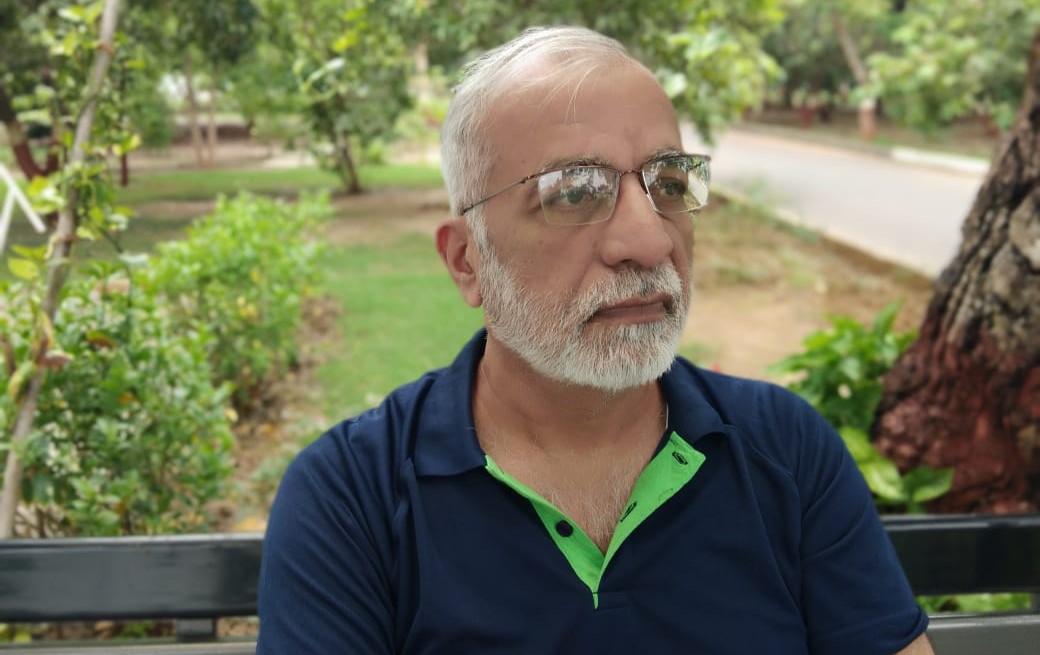
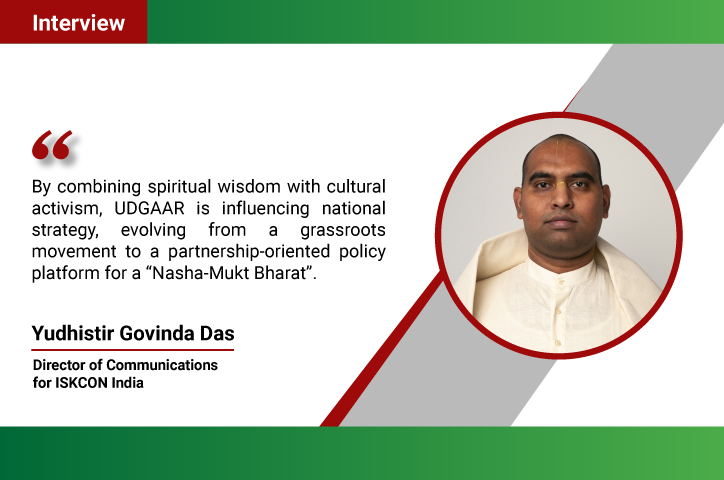

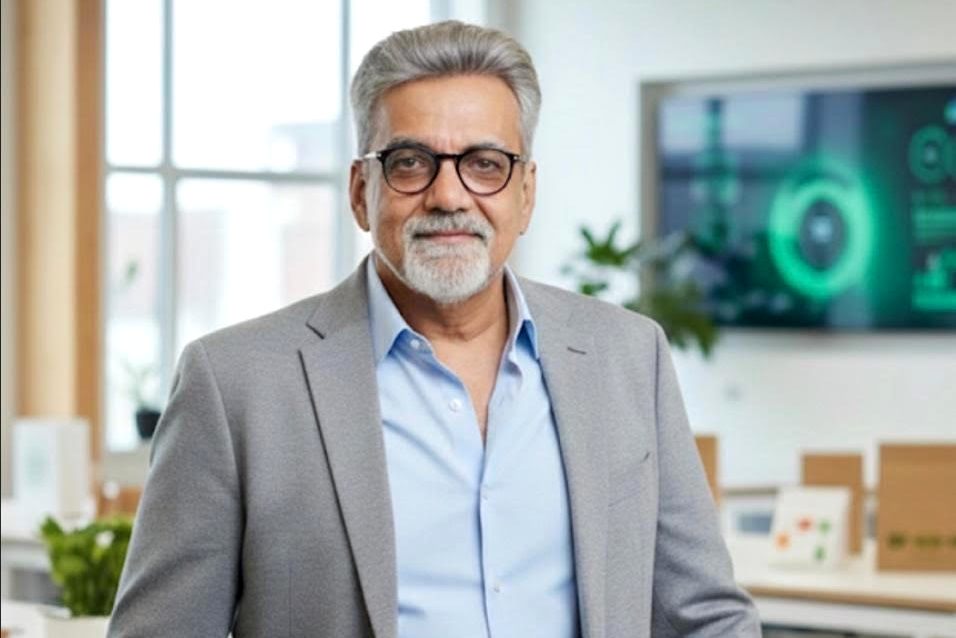


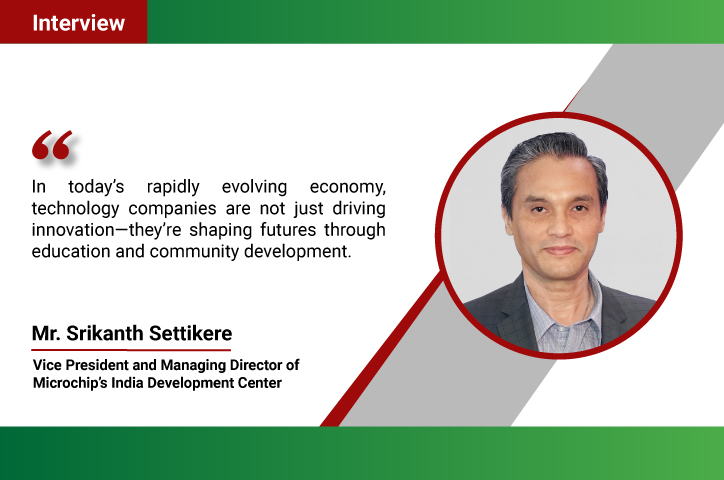
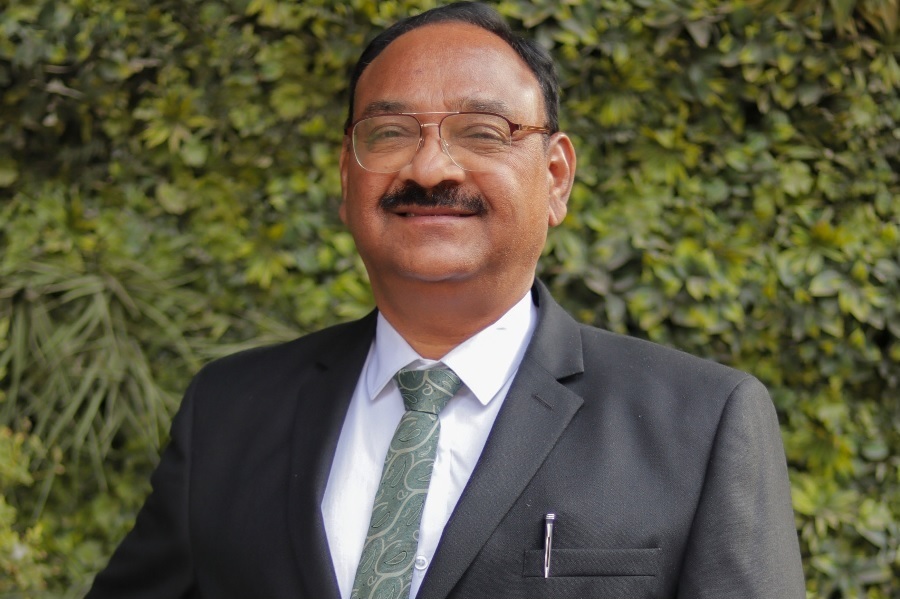
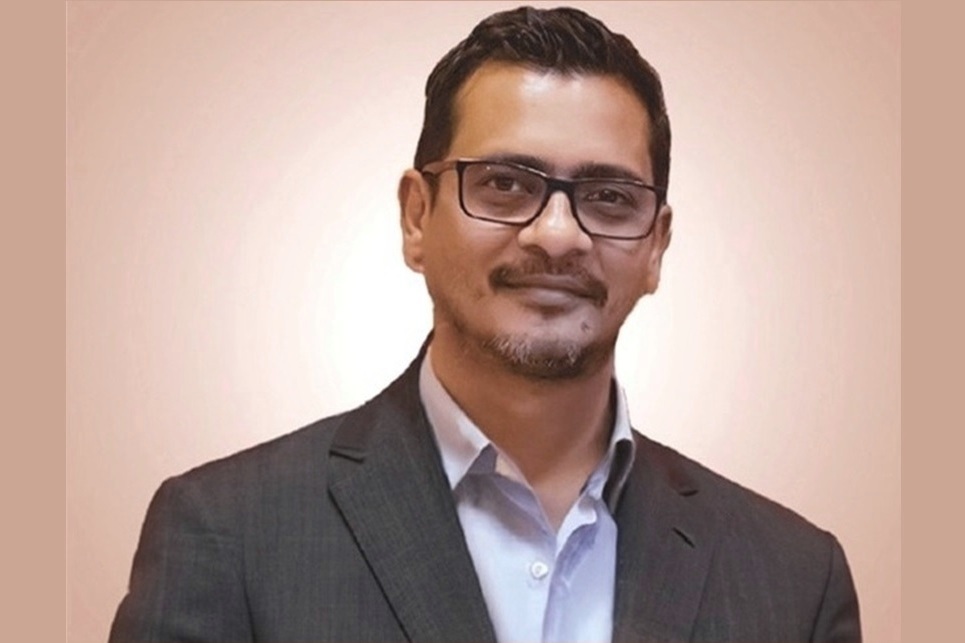



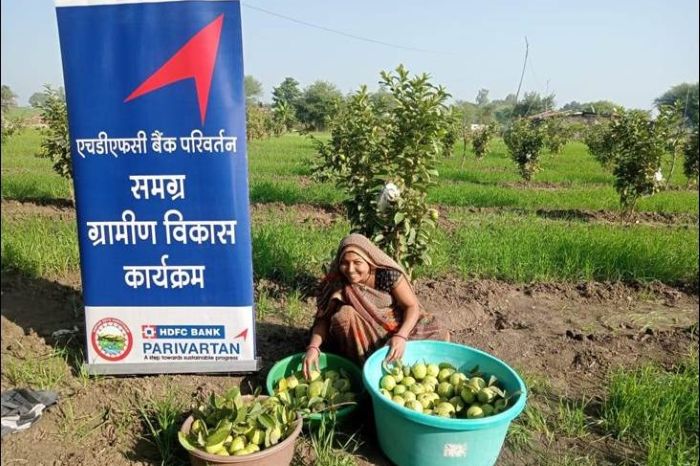


.jpg)




